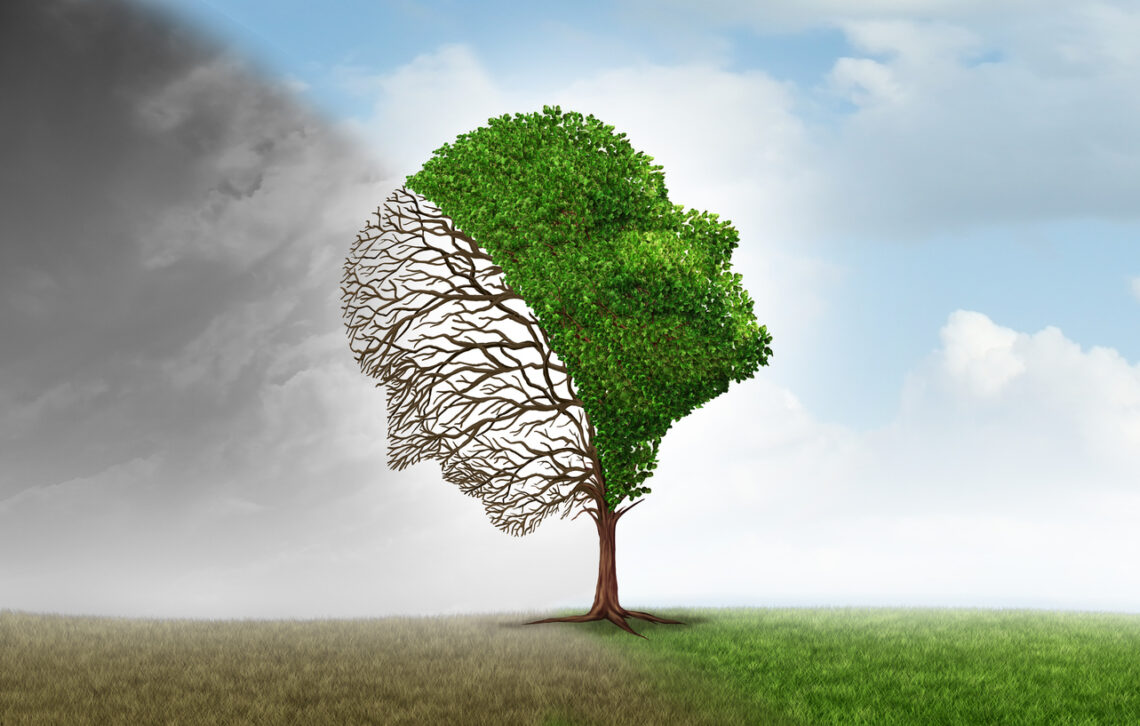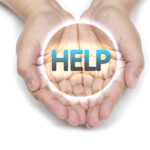By: Tanya Kramer
Seasonal Affective Disorder (SAD) affects more than 10 million people in the United States.
So as we ease into the beginning of Winter, it is important to understand what it is so we can take care of ourselves or support someone we care about.
What is Seasonal Affective Disorder (SAD)?
- Fall Onset SAD (sometimes called “Winter Depression” – Experiencing depression starting in Fall, intensifying in Winter, and ending in the Spring or Summer
- Spring Onset SAD (sometimes called “Summer Depression”) – Experiencing depression only in the Summer.
What causes SAD?
Although scientists continue to research this, studies show it might be caused by one or more of the following things:
- Lack of sunlight
- Imbalance of a chemical or hormone in the brain
- Lower levels of Vitamin D
- Use of Melatonin or Overproduction of Melatonin
- Poor sleep patterns caused by changes in your circadian rhythm (biological clock) often caused by shorter daylight hours
- Low Serotonin levels
- Negative thoughts or feelings associated with a specific season
- Hot Temperatures when there are longer daylight hours (specifically for Summer Depression)
Are you more susceptible to SAD?
- More common in women (4x more than men)
- More common for people who live farther away from the equator
- Higher risk if you have a Family History of Depression
- Higher risk if you have another type of Depression or Bipolar Disorder
- More common in adults than children
What are the Symptoms of SAD or “Winter Depression”?
- Feel depressed most of the day, almost every day
- Low energy levels
- Trouble sleeping
- Things you like to do may not interest you
- Trouble concentrating
- Feeling hopeless or worthless
- Might overeat, cravings for carbohydrates
- Weight gain
- Withdraw from people (hibernating)
- Sleeping a lot (hypersomnia)
- Reduced sex drive
- Feeling irritable
- Suicidal thoughts or feelings (If feeling suicidal, then call 988 which is the National Suicide Prevention phone number)
What are the Symptoms of SAD or “Summer Depression”?
- Poor appetite or weight loss
- Feeling restless
- Feeling anxious
- More irritable
- Trouble sleeping (insomnia)
- Potential to become violent or aggressive
What can you do to manage or improve symptoms for SAD? (note treatments for “Winter Depression” and “Summer Depression” may be different):
- Exposure to Sunlight – spending time outside or near a window with sunlight
- Light Therapy or Phototherapy – exposure to special lights which can mimic outdoor light resulting in a chemical change in the brain (providing an exposure to 10,000 lux of light)
- Vitamin D Supplements – provides Vitamin D when the body is least likely to be creating it’s own Vitamin D due to lack of sun
- Psychotherapy, Talk Therapy
- Share how you are feeling with a trusted friend or family member
- Medications – Talk to your doctor about options such as antidepressants
- Set realistic goals during these more challenging times
- Do things that might make you feel better such as engaging in an activity that you usually enjoy
- Eat healthy, well-balanced food
- Limit or abstain from using alcohol or drugs
If you know you experience SAD, then be proactive and plan ahead of the difficult season by engaging with some of the suggestions on this last list to manage or improve symptoms. You can talk to your therapist about creating a plan for managing SAD and then check in at your regular sessions about what is working and what is not working.
Learn more information at the following websites:
Johns Hopkins Medicine “Seasonal Affective Disorder
Mayo Clinic “Seasonal Affective Disorder (SAD)
National Institute of Mental Health “Seasonal Affective Disorder





